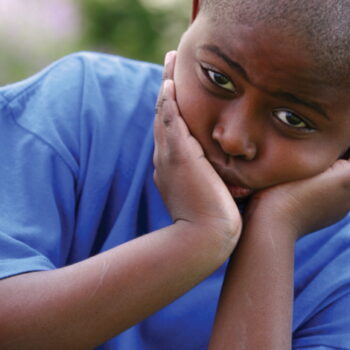
11 Jan THE AAP UPDATES CHILDHOOD OBESITY TREATMENT GUIDELINES
Recently, the American Academy of Pediatrics updated the childhood obesity treatment guidelines to include medications and surgery for some.
Photo Credit: Getty Images/iStockphoto
The recent guidelines recognize and acknowledge that obesity is a complex issue that is plaguing our nations youth. Obesity is tied to access to nutritious food, health care, exercise, and other numerous factors. This is the AAP’s first comprehensive update to the childhood obesity problem in 15 years. The guidelines cover children aged two-years-old through teens.
“It’s not one cause for all kids,” said Myles Faith, a psychologist at the State University of New York at Buffalo who studies childhood eating behaviors and obesity, in an interview with CNN. “There’s not been this kind of report to say that there are more options and that we shouldn’t automatically discount the possibility of medication, that we shouldn’t discount the role of surgery. For some families, it might be something to consider.”
Photo Credit: Getty Images/iStockphoto
Dr. Rebecca Carter, pediatrician at the University of Maryland Children’s Hospital and assistant professor at the University of Maryland School of Medicine, said in an email to the popular news outlet that these new guidelines are a “major step forward” in helping to curve childhood obesity.
“These are the most comprehensive, patient-centered guidelines we have had that address overweight and obesity within childhood,” she said. “New to these recommendations are several new medication management strategies that have proven very successful in the treatment of obesity as a chronic disease for adults, and are now being recommended for use in children and adolescents.”
Carter continued, “This is a major step in allowing overweight and obesity to be considered as the chronic diseases that they are. They give a variety of tools to help families feel empowered that there are ways to treat these medical conditions, and that there are nuanced causes for these conditions that go beyond easy solutions and certainly take our focus away from outdated or unhealthy dieting strategies.“
Photo Credit: Getty Images/iStockphoto
Overweight for children and teens is defined as a BMI, (Body Mass Index), at or above the 85th percentile, below the 95th percentile. Obese children have a BMI at or above the 95th percentile.
According to the AAP, the new guidelines do not address obesity prevention. This will be addressed in a future statement.
Although the new guidelines are directed towards healthcare professionals, if parents are concerned about their child’s weight and/or weight loss, in light of this new AAP direction, they should consult their child’s physician to discuss further.
Photo Credit(s)/Featured Image: Getty Images/iStockphoto
The post THE AAP UPDATES CHILDHOOD OBESITY TREATMENT GUIDELINES appeared first on BCK Online.
[#item_full_content]




Sorry, the comment form is closed at this time.